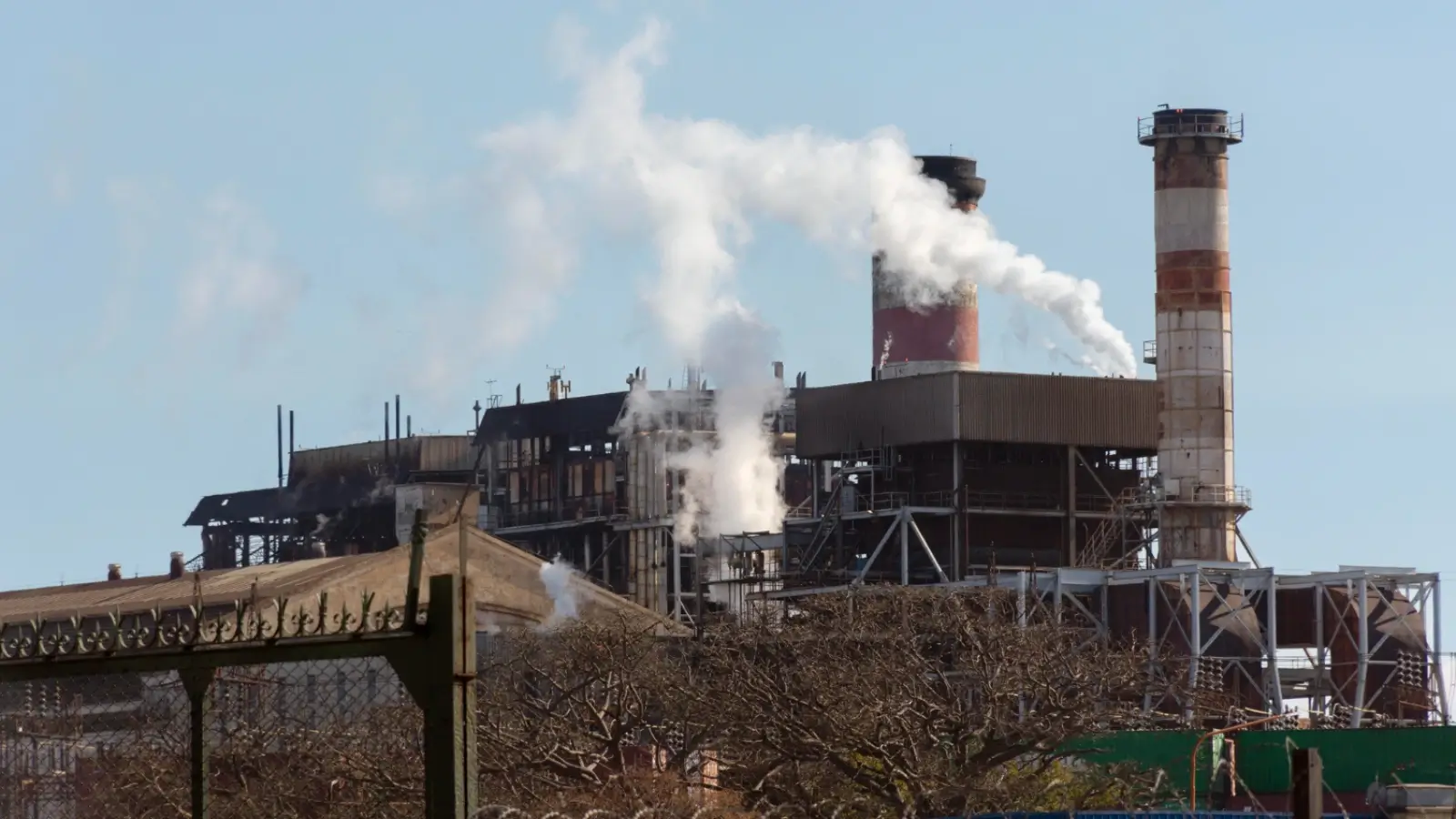


In industrial environments, dust or smoke can pose threats to people, degrade machinery, and compromise the quality of the work being done. Many industries constantly face these issues, but a robust extraction system can change that in a big way. A decent extraction system can rid the area of harmful particles and make for an overall safer working environment.
An effective dust and fume extraction system does more than simply purify the air. It also facilitates dependable operations, protects the health of workers, and minimizes energy consumption. Today's extraction systems are being designed with an emphasis on power, smart operation, and reliability over the long run.
Filtration decides how clean the air becomes after the system runs. A modern unit must trap both large dust particles and fine fumes. Multi-layer filters, such as cartridge or HEPA filters, can capture tiny contaminants that are invisible to the eye. Clean air helps workers stay healthy and prevents pollution inside the workspace.
Effective air filters will block anywhere from 95 to 99% of harmful particles. Filters that are easy to remove/wash are also great ways to save time during maintenance. Clean filters mean your machine is working more efficiently and will continue to last longer. A good filter system will help ensure the purity of the air and safety in the workplace for all.
Airflow strength is a key part of every extraction system. It decides how fast and how well the system removes dust from the air. Strong airflow collects particles before they spread across the area. At the same time, adjustable control lets operators set the right power level for different jobs.
For example, welding needs strong suction, while cutting may require less. A system with adjustable airflow works efficiently for every task. It saves energy by using only the power that each job requires. Stable airflow also prevents dust buildup and keeps the air clean near the source.
Technology has improved extraction systems in many ways. Modern units now use sensors to check air quality, filter pressure, and performance. This information helps workers know when to clean or replace filters before problems start. Smart controls reduce guesswork and keep the system running without interruptions.
Automation makes the system react on its own to changes in workload. It can increase suction when needed or alert staff when filters clog. These smart features help save power and reduce manual checks. They also make the system more dependable during long shifts.
Many workplaces have limited space, so compact extraction units are practical. A smaller system still provides strong performance while taking up less room. Lightweight designs allow easy movement and simple setup. Despite their size, compact systems work with the same strength as large ones.
Noise control has also become important in modern designs. Loud systems can distract workers and cause fatigue. Quiet fans, vibration control, and insulated panels help reduce sound levels. A quieter setup improves focus and comfort in the workspace.
Contemporary extraction systems safeguard workers, enhance efficiency, and extend the life of valuable equipment. A reliable dust and fume extraction system confirms better air quality, lower maintenance needs, and increases productivity. If you choose a system with strong filters, smart controls, and easy care features, it helps industries maintain a safe and efficient working environment for everyone.